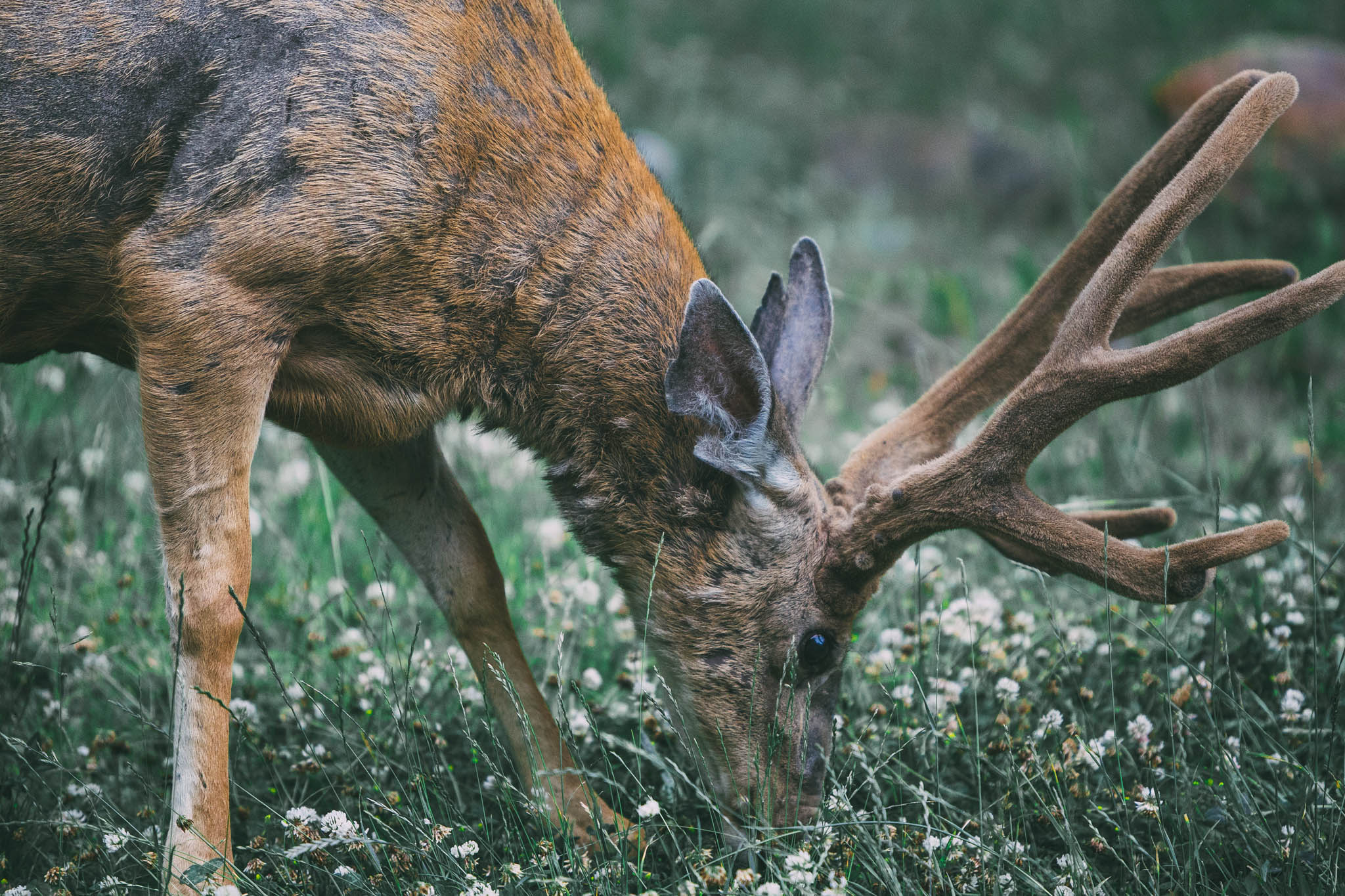Ladino Clover
2000–6000
Dry matter (lbs/A)
5.8––6.5
Preferred pH
80–200
Total nitrogen (lbs/A)
Planting information
- Planting window: February–April/August–September
- Planting depth (in): 1/8–1/4
- Seeding rate (lbs/A): 5–7
- Mix seeding rate (lbs/A): 1
- Length of stand (yrs): 2–5
- Days to germination: 7–10

Whitney Cranshaw, Colorado State University, Bugwood.org
Performance
The white clovers, Trifolium repens L, found in the United States are generally found in one of three different ecotypes. The smallest is wild white clover. Generally, this is a native clover. The common white clover found in yards and pastures, as well as White Dutch clover, are usually in the intermediate-sized group. The largest white clovers are often called ladino clovers. Ladino clovers are usually used in pastures. White clovers grow on a wide range of soil pH, drainage, and topography. Ideally, it likes cool, moist growing conditions. It should be mixed with grasses to lower bloat potential. White clover can tolerate more grazing pressure than other clovers and frost seeds very well.
Advantage
- Great for pastures or wildlife plots
- Remains in a vegetative state during whitetail deer antler growth
- High crude protein content with large, succulent leaves
- Early vigor and hardiness
- Bred under grazing pressure

